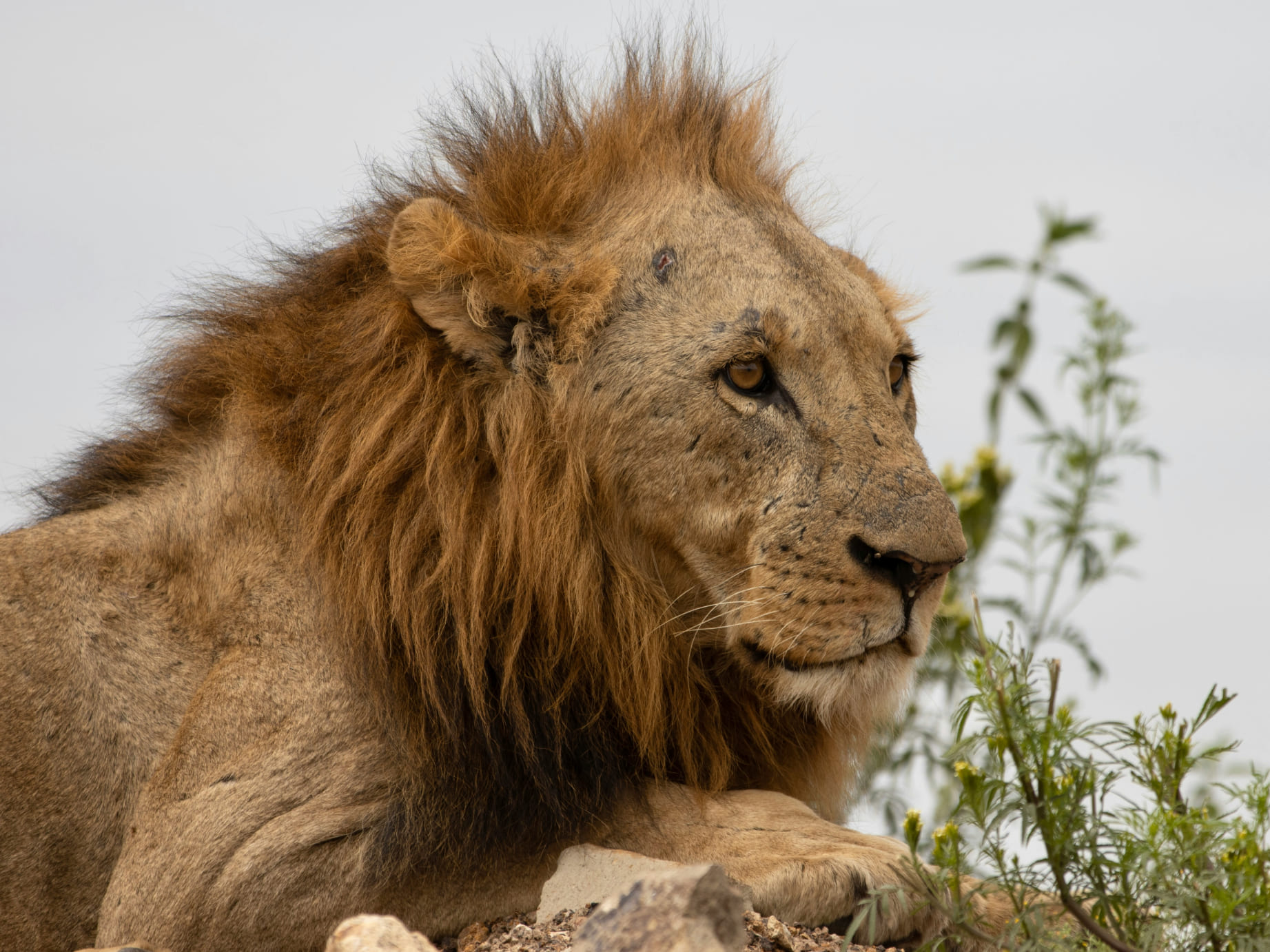Lion: The Icon of Power and Majesty
The lion, often called the "king of the jungle," is one of the most recognizable and admired big cats. Native to the grasslands and savannas of Africa, lions have a unique social structure and play a vital role as apex predators in their ecosystem.
Habitat and Hunting
Lions prefer open woodlands and savannas, where they can blend into the tall grass while stalking prey. They hunt in prides, with coordinated efforts to capture large herbivores like zebras, antelope, and buffalo. Lions use both strength and strategy in their hunts, with females doing most of the hunting while males protect the pride's territory.
Social Behavior and Pride Dynamics
Lions are unique among big cats for their social nature, living in prides that can include up to 20 individuals. Prides consist mostly of related females and their offspring, while males either defend the pride or roam in search of new territory. This social structure allows for effective hunting, protection, and cub-rearing, with roles distributed within the group.
Challenges and Conservation
Despite their fearsome reputation, lions are vulnerable to habitat loss, poaching, and human-wildlife conflict. As their natural habitats shrink, lions are forced into closer proximity to human populations, leading to conflicts with farmers and ranchers. Conservation programs aim to protect and restore lion habitats, promote coexistence, and address poaching to ensure that lions continue to thrive in the wild.

